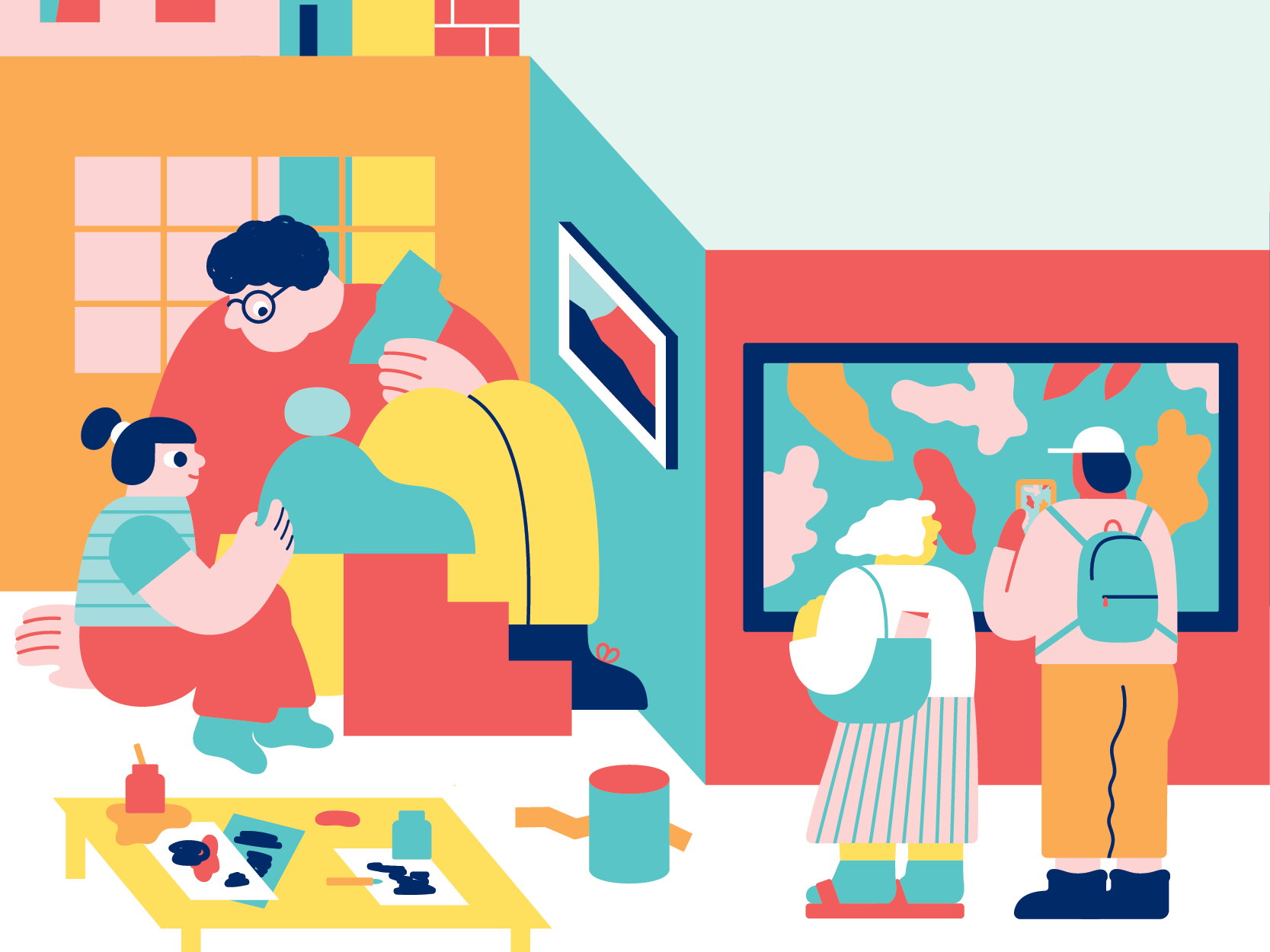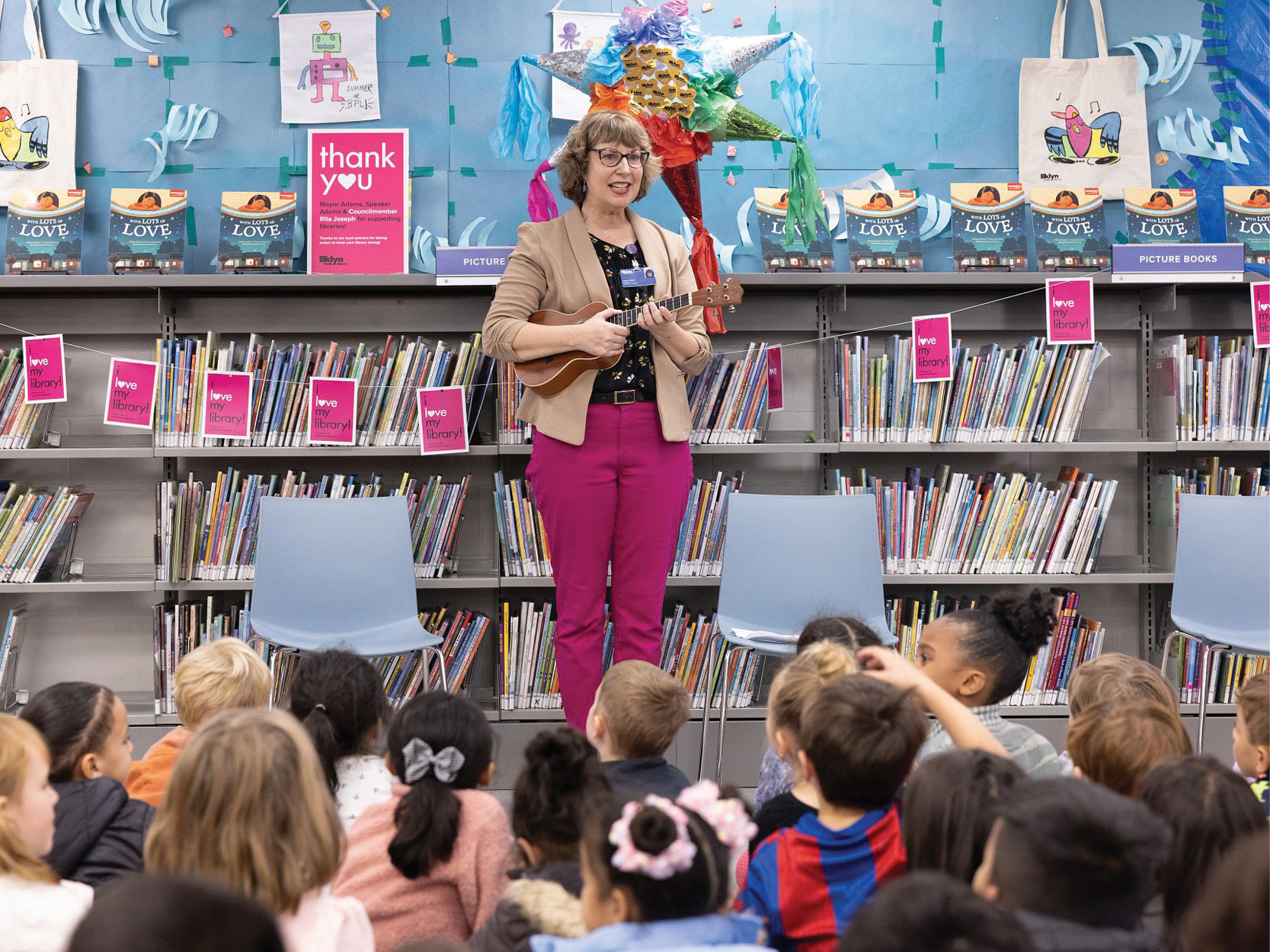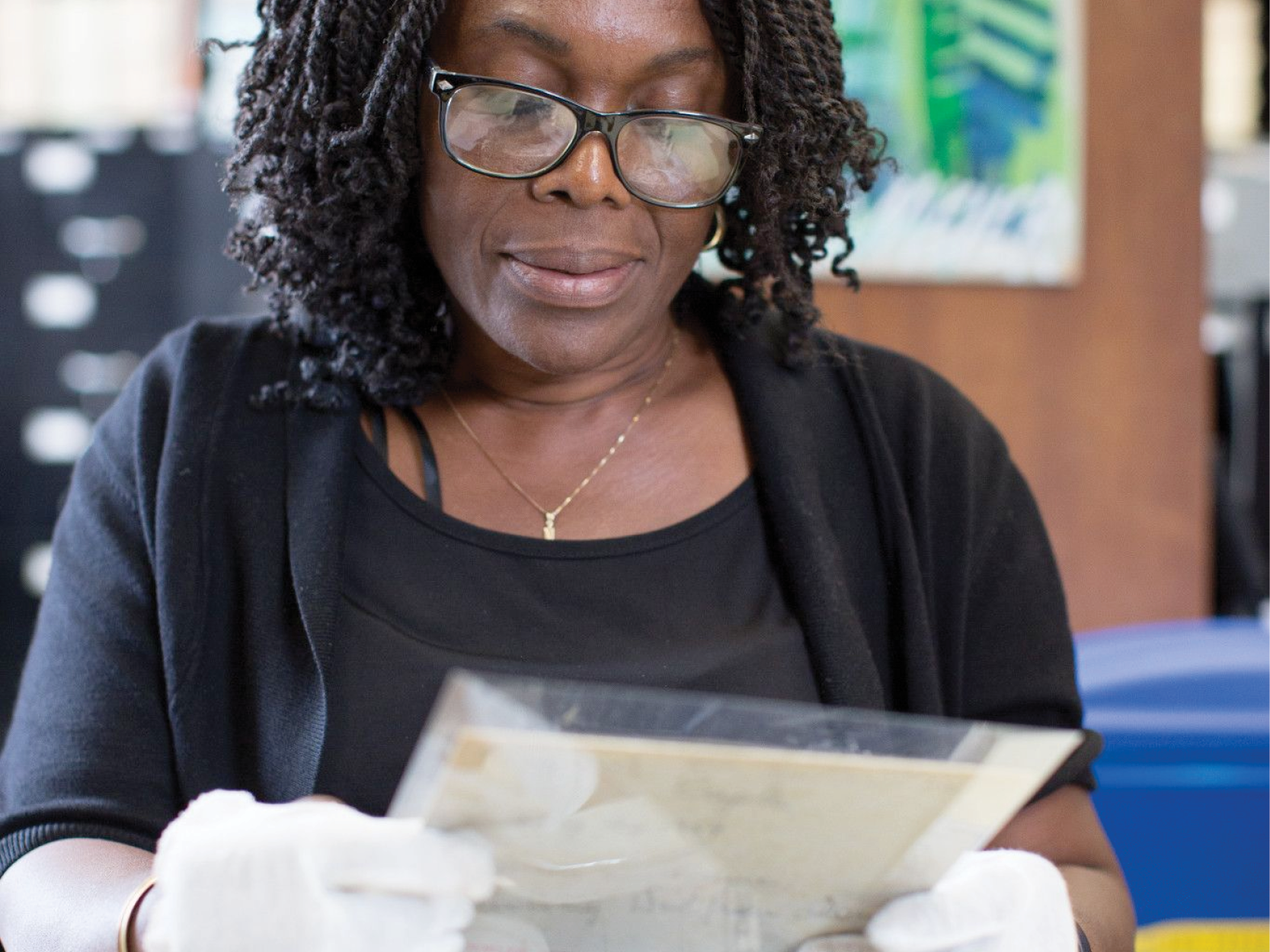
This week, many parents and caregivers started a new routine. Some may be working reduced or increased hours, telecommuting from home, or not working at all. Children will be home more, and even if not, the things we rely on to engage them might not be available. With many schools and libraries closed, children's programming cancelled, and even playgrounds and playdates discouraged for now -- there are a lot of hours ahead of us to fill.
We are here to help. Check the BKLYN Kids blog for an ongoing round-up of e-resources, activities, learning materials and ways to help your child read, play, and grow at home! This post is most helpful for children ages 2-7, but stay tuned for ideas for more age groups. Don't feel like you have to start right away, and don't be discouraged if your plan has to change. We are all adapting, and will recalibrate as things evolve, and as our children grow and develop.
Start with a schedule
Children thrive on routine and predictability. Whether they are in daycare, preschool, or a school age classroom, it's likely that they have a schedule that teachers use constantly throughout the day to redirect, reassure, and excite them. Create a schedule as a family for "school" days and weekends. Start by making a list of things they like to do at school. Then add some things they want to do every day or as a special activity. Pepper in some things you want or need them to do like independent play or choice-time, helping with chores or cooking, and naps or quiet-time. Come up with an order that makes sense for your family, for example scheduling self-directed activities and screen-time for times you'll need to work or rest.
Here is some advice from a homeschooling parent on schedules.
Some more schedule ideas from the twitterverse and beyond.
Try having a morning meeting
Things are changing every day, but even when they stay the same, young children need reminders about routines and rules, and a time to share what's on their mind. Some traditional morning meeting topics include looking at a calendar, and talking about the weather. This is also a great time to discuss your daily schedule, and check in about how everyone is feeling. It can be hard to know how to talk to young children in times of crisis-- but trying to check in before the day begins can help mitigate and lessen any anxiety that might be brewing.
How to talk to kids about COVID-19, from Daniel Tiger
More strategies from the Child Mind Institute
Rethink screen time
You may know the AAP screen time recommendations, and you may have even filled out one of our Family Screen Time planners. If you have set screen time rules, now might be a good time to temporarily reevaluate them, and if you don't, it's probably a good idea to create some. Some important things to keep in mind are:
- Choose (mostly) high quality content that is age appropriate. Common Sense Media has great lists of high quality and educational media for preschoolers and school-age kids. It's ok to watch some things that are just for fun (and maybe not as educational), as long as they are age-appropriate. Think of screen time as a healthy balanced diet-- it's ok to have cookies and ice cream sometimes!
- Co-view and Co-play when you can: Co-viewing and co-playing increases children's learning-- especially language and early literacy development. Of course this isn't possible with every minute of screen time, but plan for some Joint-Media-Engagement when you can. Here are some more AAP tips.
- Some screen time doesn't really "count": FaceTime with family members, Zoom playdates, exercise and yoga videos, virtual storytime (see below), and other ways we use technology as a tool and not as the main event don't really "count" as screen-time in the same way a passive tv program or even educational app does. If children are active and/or interacting with real people, it's not really screen time.
Here are some free apps for young children we recommend:
PBS Kids
Khan Academy Kids
Sesame Street
BPL locations, though closed, are keeping wifi on for those who wish to use digital devices outside our locations (especially nice on a sunny day!)
There are also reportedly some companies offering free wifi at this time.
Rethink reading: ebooks, Bookflix, and more!
Don't worry if you don't have that many books at home at the moment. There are other ways to engage with books and reading!
Use your library card to access Bookflix--streaming video storybooks paired with related non-fiction and fiction titles. (You can get a BPL e-card if you don’t currently have a library card)
Search our catalog for ebooks and audio books.
Come to Virtual Storytime at Brooklyn Public Library every day at 11am and 2pm EST! Read, Talk, Sing and Play with our librarians!
Follow one of our DIY Storytimes designed by BPL librarians-with e-books, videos, songs and rhymes you can do at home!
Do-it-Yourself Storytime by Ms. Kathy
Do-it-Yourself Storytime by. Ms. Stefanie
Listen to folktales adapted for young children on the Circle Round podcast.
Listen to these read-alouds from KidLit TV.
Check out even more children’s authors reading their books aloud to kids online.
Drag Queen Story Hour now has a livestream series.
Storyline Online features famous actors reading well known books.
Schedule some read-aloud playdates with friends, or encourage a family member to read your child a book or sing a song via FaceTime or Zoom.
Check with your children’s school, daycare, preschool, afterschool for ideas
The DOE will launch remote learning on March 23. In addition, they have started compiling resources on their Learn at Home page, including specialized instruction and student supports for children with disabilities. Check in with your child’s teacher, preschool director, or other parents to get ideas for how to keep some home-school continuity going.
IncludeNYC has webinars for parents navigating Special Education and Early Intervention.
Check out our Ready Set Kindergarten videos in multiple languages (more coming soon!)
The Scholastic Learn at Home site has some great daily activities for preschoolers.
Do some things you normally do, but virtually
It won’t be the same, but it might be cool! You can plan playdates, visit museums, go on field trips and even take art and music classes virtually. Here are a few cool options:
Jazz Baby Music, a music class for babies and toddlers taught by one of BPL’s storytime leaders is offering an online version of their class!
Virtual classes for young children from Calendar Kiddo.
Virtual field trips you can take from Discovery Education.
You can even visit the ZOO!
Use what you have at home
Start keeping those egg cartons, paper towel rolls, and pick up some vinegar and baking soda if you can. Using what you have at home to make art and explore STEM concepts is fun, easy, sustainable and most of all--very engaging for young children!
Here are 50+sciencey activities you can do with household items.
You can even make your own soap dough!
For younger children, check out our Play Recipes--designed to encourage language through exploration of everyday materials.
Check our our (soon-to-be-growing) video playlist of STEAM project tutorials for young children.
Here are some fantastic sensory activities you can do with young children.
Keep em’ moving, singing, and dancing
Outside activities are limited, but be sure to get some movement in every day!
Stories, Songs and Stretches has great content for young children from Katie Sherrer.
Go Noodle is what a lot of K and up kids do at school to get their wiggles out-- it works!
Have a dance party every day at the same time--invite friends via Zoom or FaceTime!
Sing together! Learn storytime songs and rhymes from Jbrary, and songs in 12+languages from Storyblocks.
Go on a nature walk. Instead of collecting items, use your phone to take pictures of the things you find and talk about them together!
Make things together as a family
Everyone might benefit from some art therapy. Take a little time to create a family art project.
Here are 50 Process-Based Art ideas from Meri Cherry.
These how-to videos from Children’s Museum of the Arts are amazing!
For the latest updates and listings of virtual programs for all ages, visit the Brooklyn Public Library event calendar.
This blog post reflects the opinions of the author and does not necessarily represent the views of Brooklyn Public Library.
Post a Comment
While BPL encourages an open forum, posts and comments are moderated by library staff. BPL reserves the right, within its sole discretion, not to post and to remove submissions or comments that are unlawful or violate this policy. While comments will not be edited by BPL personnel, a comment may be deleted if it violates our comment policy.
eNews Signup
Get the latest updates from BPL and be the first to know about new programs, author talks, exciting events and opportunities to support your local library.







